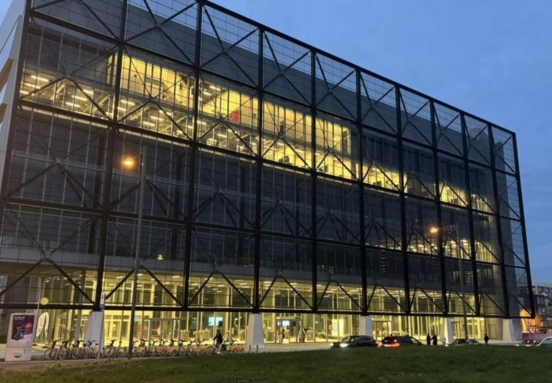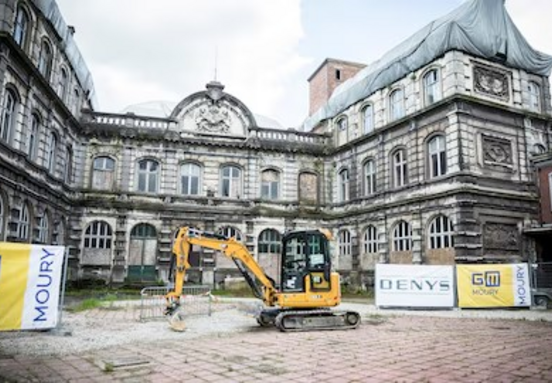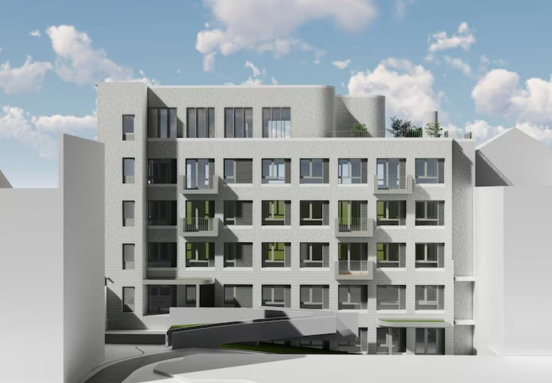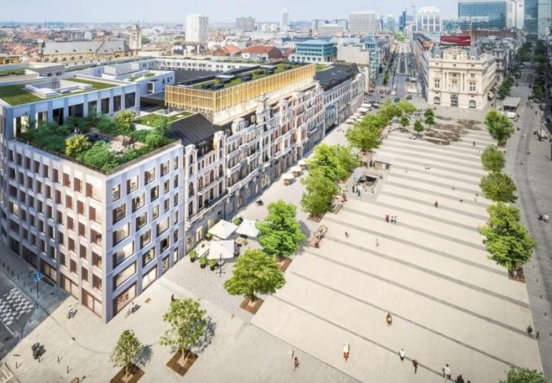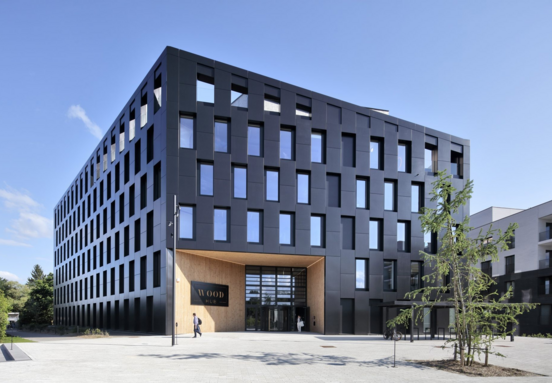Companies have not left the capital and are even looking in sectors "traditionally in high demand," explains Ingrid Nappi: "The market is doing well in the Paris region, particularly in intra-muros Paris and in business districts." In fact, if we look at Immostats' figures for this demand by area in the third quarter, Paris and particularly the Paris Center-West area, continues to attract nearly half of the demand in the Île-de-France region (48%), while the first and second rings do not exceed a quarter of the square meters, 23% in 2021 compared to 35% in the third quarter of 2019.:
For Pierre-Antoine Matrand of the Arthur Loyd agency, there is nothing surprising about this. Since the crisis, the commercialization of offices will be faster depending on the quality of the property and whether the building is well located, meaning close to public transport: "Even in the first ring, as soon as you are far away, without a public transport like RER, SNCF station, metro stations less than five minutes from the building, it becomes complicated to sell it."
Too much coworking, more subletting:
In the heart of Paris, finding space can be tedious, especially with coworking, which is office hospitality. Although this trend was hit hard by the crisis, it is quickly recovering with the development of teleworking, with consequences for office leasing. "There has been a drying up of the market linked to practically a monopoly of transactions towards coworking spaces," explains Ingrid Nappi. "To the point where rents have dramatically increased and vacancy rates are very low. This is the case in all European capitals, particularly in city centers and central business districts." The Essec teacher is concerned about a shortage of rental supply: "There are too many coworking spaces and they will meet another need, that of an entrepreneur or a start-up."

